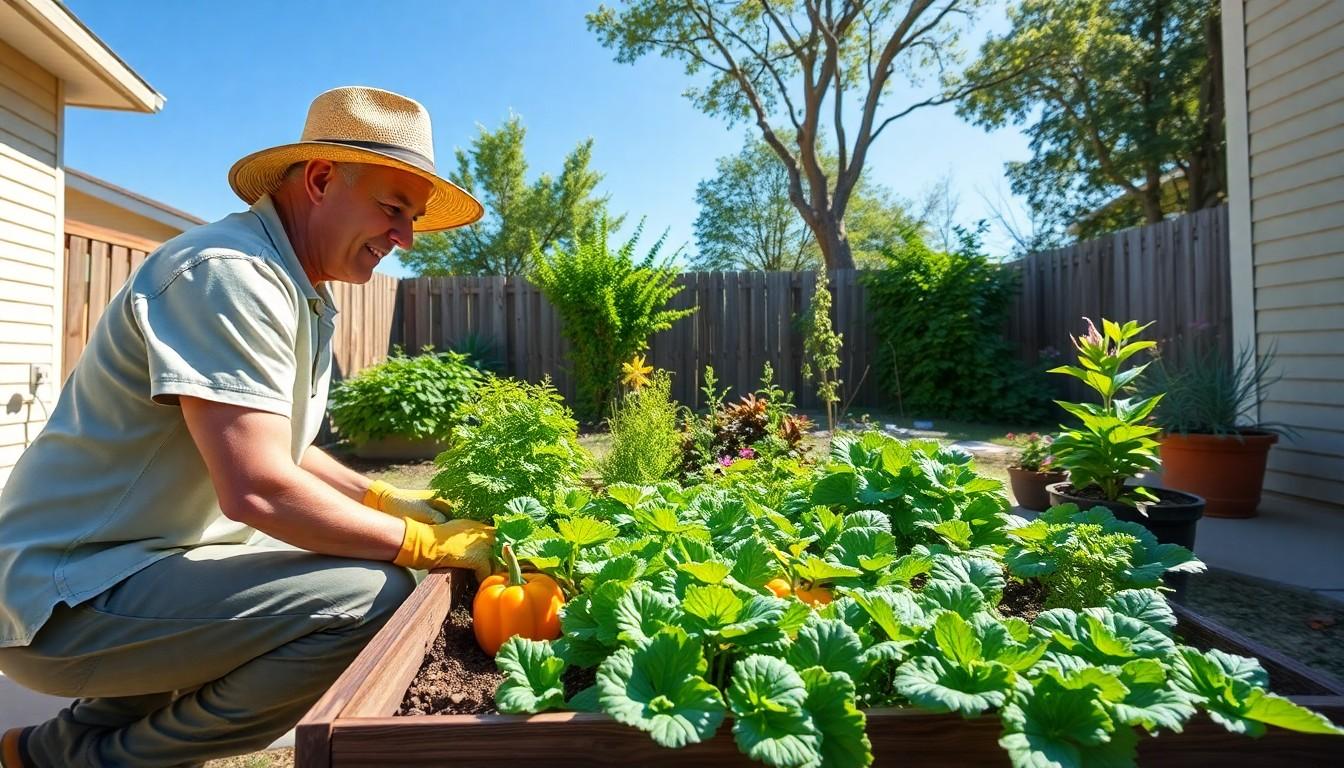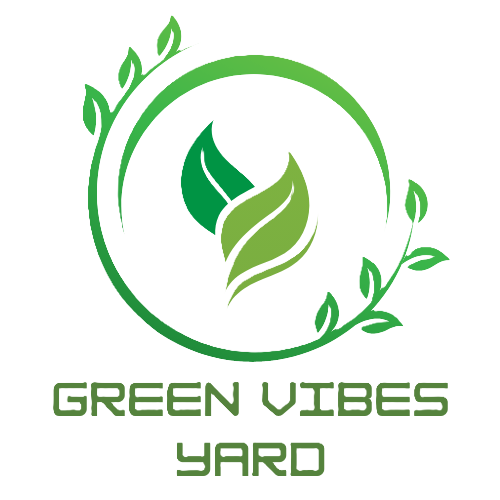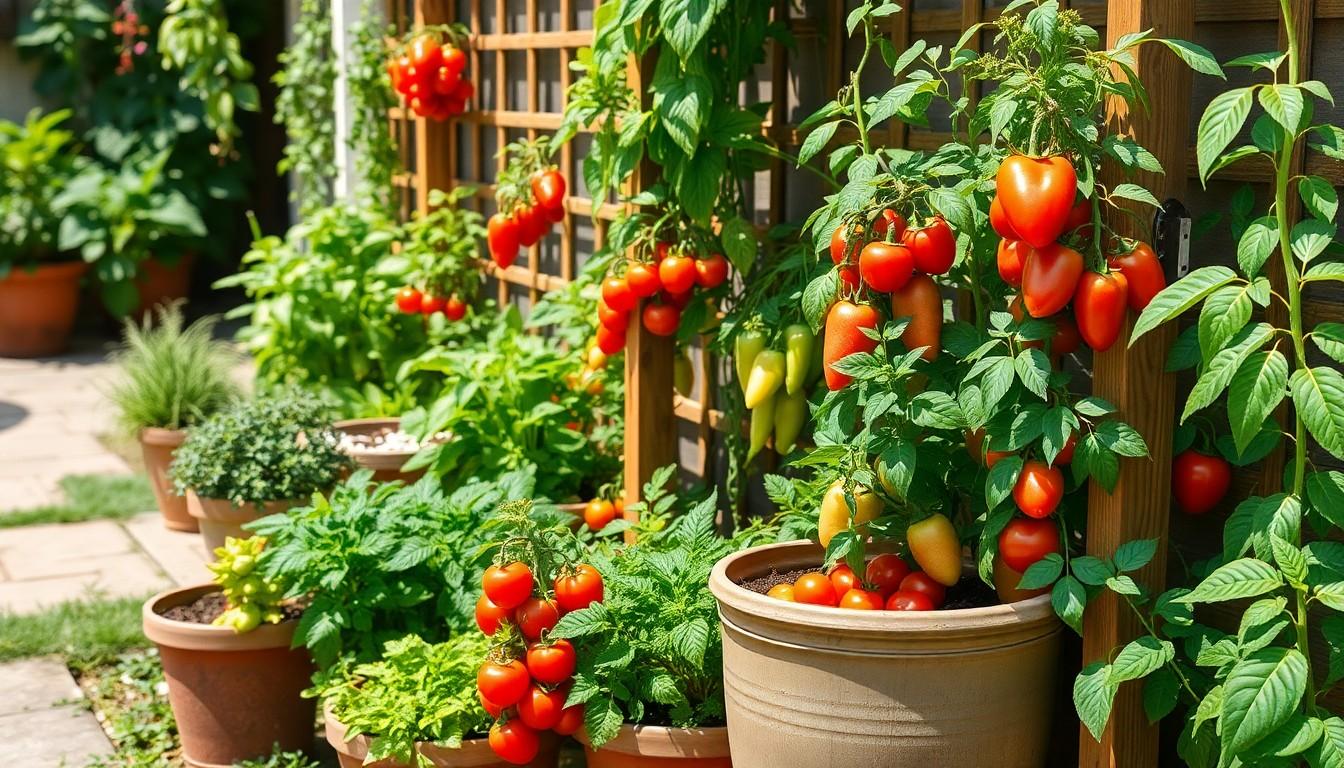Imagine stepping into your backyard and plucking fresh tomatoes while dodging the neighbor’s cat. Small backyard vegetable gardens aren’t just a trendy hobby; they’re a delicious way to elevate meals and impress friends. With a pinch of creativity and a dash of planning, anyone can transform a tiny patch of soil into a thriving oasis of greens.
Benefits Of Small Backyard Vegetable Gardens
Small backyard vegetable gardens offer numerous advantages, enhancing both lifestyle and meals. Establishing a garden allows individuals to enjoy fresh produce right at home.
Fresh Produce At Your Doorstep
Fresh vegetables provide superior taste compared to store-bought options. Homegrown tomatoes, cucumbers, and peppers are more nutrient-rich and flavorful. Picking vegetables moments before consumption preserves their texture and nutrition. Access to organic options becomes straightforward, promoting healthier choices. Budget-conscious gardeners save money by reducing grocery bills while enjoying high-quality food. The satisfaction of harvesting vegetables fosters a deeper appreciation for food and cooking experiences.
Learning Opportunities For Families
Gardening encourages families to spend quality time together. Children develop responsibility as they help plant seeds and care for the garden. Educational experiences arise from understanding plant growth and ecosystems. Families can explore topics such as nutrition and environmental stewardship. Engaging in gardening cultivates patience and persistence through the seasonal growth process. Shared successes and challenges create lasting memories, fostering stronger family bonds.
Planning Your Small Backyard Vegetable Garden

Planning a small backyard vegetable garden requires thoughtful consideration. Successful gardens thrive on careful preparation and strategic choices.
Assessing Your Space
Evaluating available space sets the foundation for a productive garden. Observe sunlight patterns, noting areas that receive at least six hours of sunlight daily. Examine soil quality; nutrient-rich, well-draining soil supports optimal plant growth. Utilize containers or raised beds if ground soil lacks quality or is compacted. Measure the area to determine how many plants to accommodate; crowding leads to poor air circulation and stunted growth. Consider path accessibility for watering, weeding, and harvesting.
Choosing The Right Location
Selecting an ideal location proves crucial for garden success. Prioritize areas sheltered from strong winds and pests; a protective barrier can improve plant health. Identify spots closer to water sources for easy irrigation access. Analyze daytime temperatures; warmth enhances growth during cooler months. Additionally, take note of nearby trees or structures that might cast shadows in the afternoon, potentially limiting sunlight exposure. Indoor gardening options also arise; utilizing window sills for container gardens can maximize small spaces effectively.
Selecting Vegetables For Your Garden
Selecting the right vegetables plays a crucial role in maximizing small backyard gardening success. Certain vegetables thrive in limited space and offer high yields.
Best Vegetables For Small Spaces
Choose tomatoes, peppers, and lettuce as excellent options for small gardens. These crops grow well in containers, making them space-efficient choices. Radishes and green onions also excel in compact areas, sprouting rapidly and requiring minimal care. Additionally, herbs such as basil and cilantro enhance flavor and save room. Opt for climbing varieties, like pole beans or cherry tomatoes, to utilize vertical space effectively.
Companion Planting Tips
Utilize companion planting techniques to enhance growth and deter pests. Marigolds attract beneficial insects and repel harmful ones, promoting healthier plants. Pairing basil with tomatoes boosts flavor and yields while minimizing pests. Cucumbers and radishes work well together, with cucumbers benefiting from radish shade as they grow. Each plant thrives when placed with compatible companions, maximizing overall productivity. Prioritizing these strategies leads to a more bountiful garden.
Innovative Small Backyard Vegetable Garden Ideas
Small backyard vegetable gardens can transform limited spaces into productive areas. Innovative techniques can maximize yields while maintaining aesthetics.
Vertical Gardening Solutions
Vertical gardening solutions make the most of height. Structures such as trellises and wall planters allow climbing plants like cucumbers and pole beans to flourish. Herbs can be grown in vertical planters to save ground space and add greenery to balconies or fences. This method creates a lush display while optimizing sunlight exposure. Vertical gardening not only increases crop variety but also enhances air circulation, reducing the risk of diseases. Utilizing shelves or stacked planters can also accommodate multiple layers of growth, achieving higher production in minimal square footage.
Container Gardening Approaches
Container gardening approaches suit small spaces and diverse environments. Pots, buckets, or any suitable containers can host a variety of vegetables and herbs. Selecting dwarf or bush varieties, like cherry tomatoes and bell peppers, maximizes yield in limited space. Draining holes are a must for preventing root rot and ensuring healthy growth. Grouping containers along sunny paths or patios enhances accessibility and offers visual appeal. Transitioning between seasons is easy with mobile containers. Container gardening simplifies maintenance, making harvesting straightforward and enjoyable for garden enthusiasts of all experience levels.
Maintenance Tips For Small Backyard Gardens
Maintaining a small backyard vegetable garden ensures healthy growth and bountiful harvests. Proper care allows owners to enjoy fresh produce season after season.
Watering And Fertilization Guidelines
Consistent watering promotes robust plant development. Water the garden early in the morning or late in the afternoon to minimize evaporation. Aim for one inch of water per week, adjusting during hot, dry spells. Fertilizing plants every four to six weeks contributes to nutrient replenishment. Use organic compost or balanced fertilizers to enhance soil quality and support growth. Monitor plants for nutrient deficiencies, which may appear as yellowing leaves. Providing nutrients in a timely manner keeps vegetable production high.
Pest Control Strategies
Effective pest control protects small gardens from damaging insects. Start by routinely inspecting plants for signs of infestation. Natural predators, such as ladybugs and lacewings, help manage pest populations. Implement companion planting by placing marigolds or nasturtiums among vegetables to deter pests. Using insecticidal soap offers a targeted approach against harmful insects without affecting the garden’s ecosystem. Maintaining cleanliness around the garden, including removing debris, reduces pest habitats. Regular attention to pest control fosters a healthy and thriving vegetable garden.
Conclusion
Creating a small backyard vegetable garden is a rewarding endeavor that brings fresh produce and joy to any home. With thoughtful planning and innovative techniques like vertical gardening and container gardening, anyone can make the most of limited space. The benefits extend beyond just delicious meals; it fosters family bonding and teaches valuable life skills. By nurturing plants and maintaining the garden, individuals cultivate patience and a deeper appreciation for food. Embracing these small garden ideas can lead to a flourishing oasis that enhances both health and happiness.

